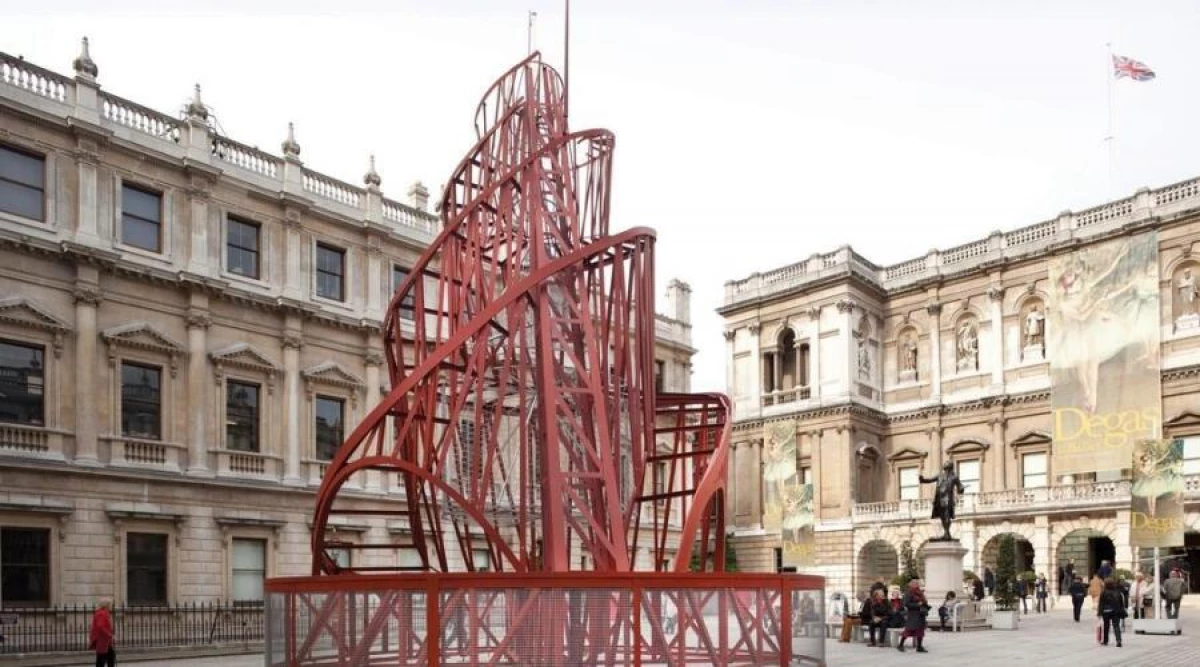
In December 2020 marks 145 years since the birth of one of the brightest Russian and Soviet artists - Vladimir Evgrafovich Tatlin. Artist, masters of musical instruments, architect, theatrical artist, one of the founders of domestic design, teacher, inventor ...
It is difficult to find the area of fine art, where Tatlin would not have noted bright and masterfully. Personally, I have a comparison with Da Vinci. And this is not such an exaggeration, and maybe it is not at all an exaggeration.
V. E. Tatlin - an example of the "Human Renaissance", which was killed, it seems literally everything. Yes, and the first quarter of the twentieth century itself is a time of no less radical changes in views, social change and the brightest change in art. And Tatlin fits fully into his stormy era. Moreover, he acts, sorry for the tautology, in the forefront of the Russian, and then the Soviet avant-garde ...
The general public not interested in the history of art, the name of this talented person is unknown. Meanwhile, Tatlin is one of the founders of modern industrial design. He started traditionally for avant-gardeists - with interest.
Our hero was born in 1885 and the initial artistic skills received in the Kharkov real school in the Kharkov Real School in childhood.
Then, without having a walking at home, he hired Jung on the ship. Later, Vladimir will finish the Odessa School of Trading Waving and Love for the Sea will sweep throughout his life. Together with love for music and visual art.
But with studying in art schools, Tatlin was not very evident.
Year in the Moscow School of Painting, Scary and Architecture; Two years in the Odessa School of Trade Navigation. Why?
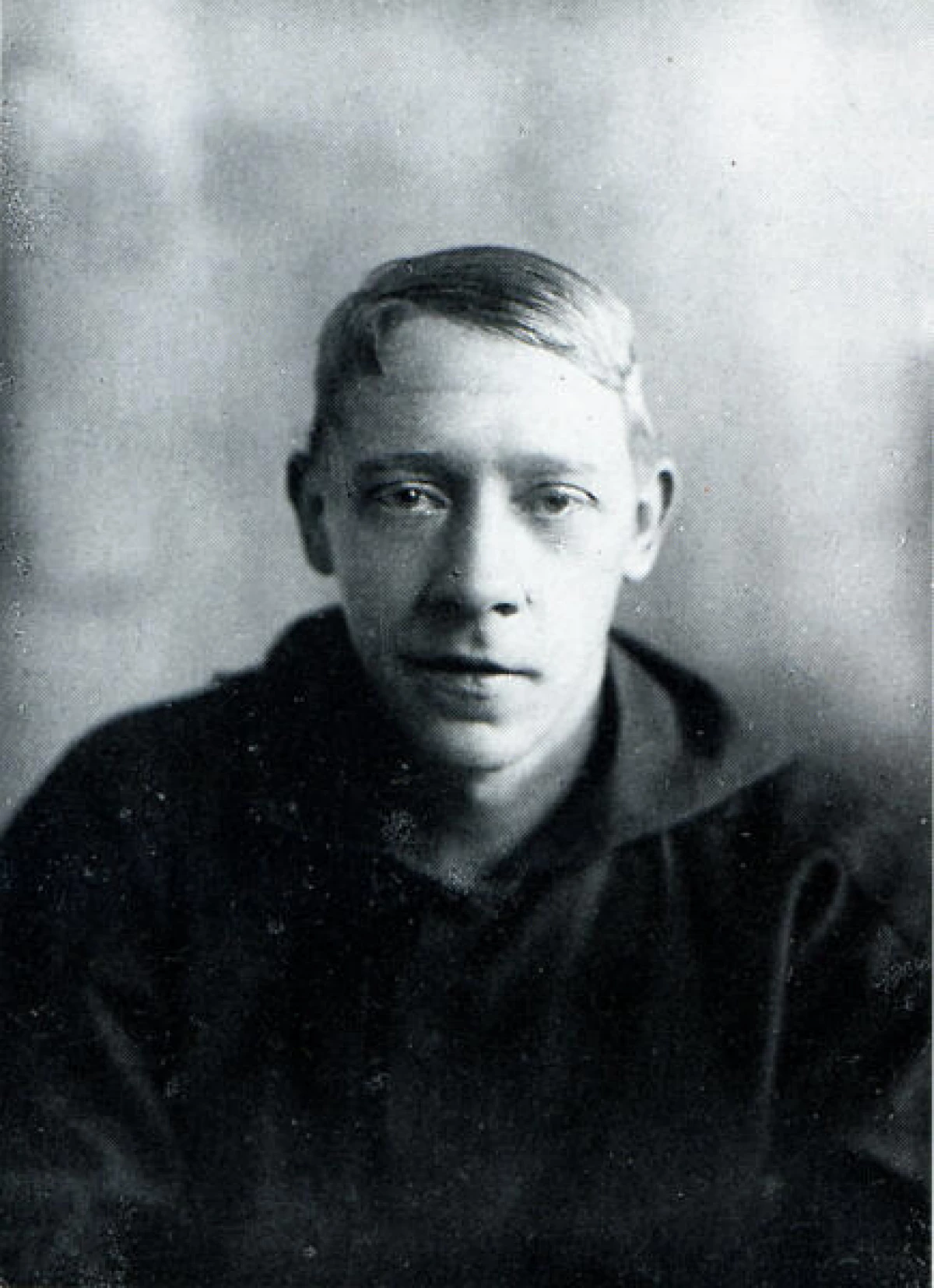
It seems to be discouraged from the Musev. It seems that Vladimir stubbornly wanted to write in his own way, and not the way he was taught. Although Korovin and Serov are among his mentors, at that time perfectly advanced artists. Korovin - the first Russian impressionist; Well, and Valentin Serov is probably one of the best Russian artists.
But Tatlin, it seems, prefers even newer, radical paths. And it is impossible to say that he is so alone ...
Finally, in 1905 he enters and in the 1910th ends the Penza Art School. During this time, a novice artist, extinguishing in Moscow, meets Mikhail Larionov, one of the first and largest avant-gardeists.
And already in 1909, first exhibited in the salon of the magazine "Golden Fleece", which continued the tradition of the famous "World of Art" Sergey Dyagilev.
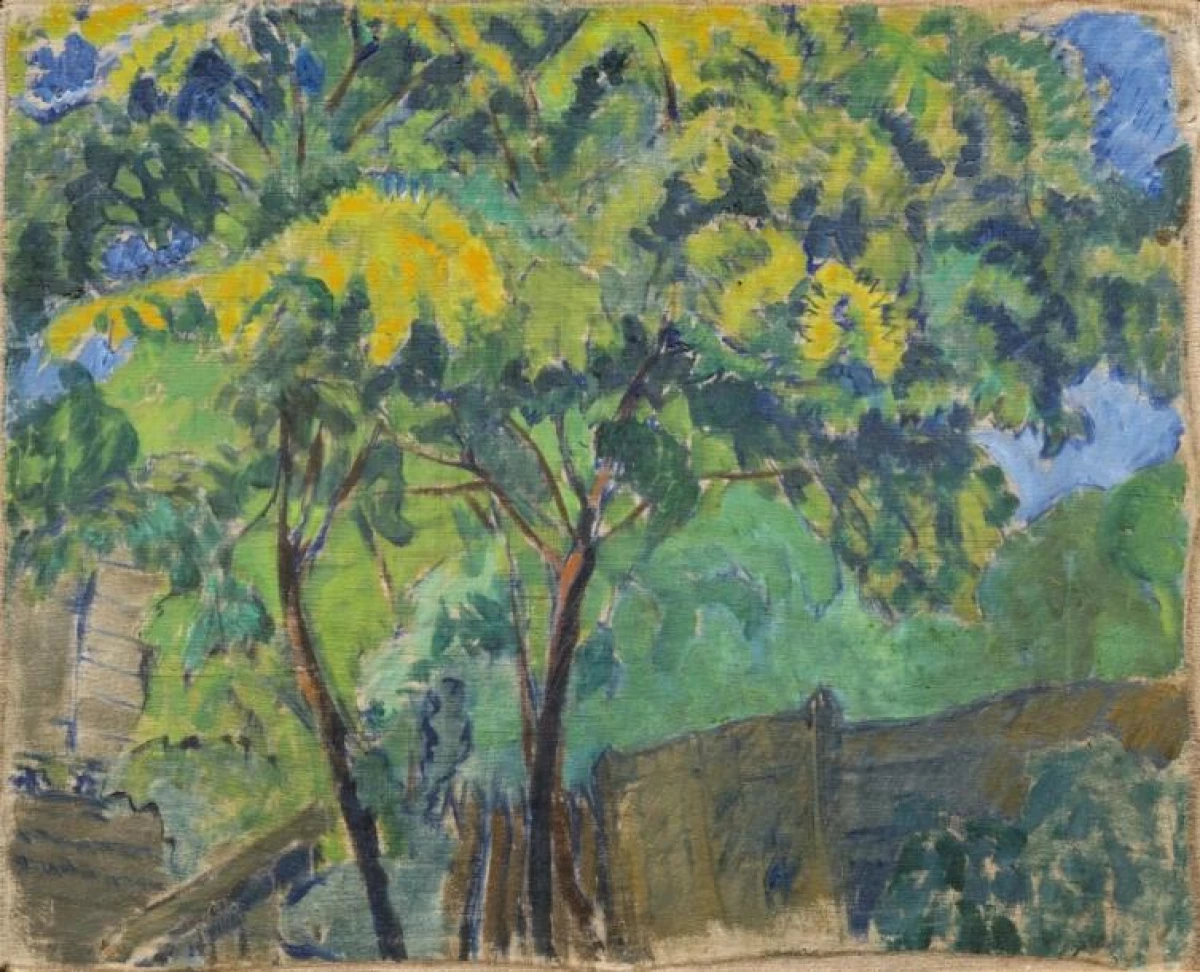
Then the Larionic diverges and comes closer with Malevich. After some time, he tears and with him ... It seems that everything is continued to affect the same inequate character.
Malevich Tatlin will associate relations between rivalry and friendship, worthy of a separate topic. Both were incredibly talented, and everyone promoted his vision of how modern art should be. They told how Tatlin once knocked out a chair from Malevich, offering that sit on his favorite "color and form."
Indeed, both masters walked in opposite directions.
- Malevich promoted Suprematism, whose limit expression was the famous "Black Square", at the same time with the Black Cross and "Black Circle". In general, this is so-called. Clemented painting, freeless art.
- Tatlin also begins to work with the volumetric spatial structures, which he calls "material seabilities", "picturesque reliefs" and as a result of counter-relief. Works are more than "subject" and even tangible.
In 1914, he finds himself at the handling and industrial exhibition in Berlin, where it works ... Blind Bandist. That is, sings under the Banduur with his eyes closed.
For earned money goes to Paris, where getting acquainted with Picasso. Whether he invited him to play at home, or Tatlin hired a cleaner to him - it remains a legend. The fact that Tatlin visited Picasso and spied his new works.
Clarify: Picasso at this time - the figure for Russian avant-gardeists is almost sacral.

Well, and Tatlin is a secret, but personal acquaintance with the new works of Picasso enough to radically change the direction of their search. It is now that he moves from painting to spatial compositions. It is clear that they had to not draw, but collect from various materials. Design.
Probably here are the origins of the future constructivism. And even more than one. A novice artist for the first time creates compositions of skin fragments, metal, wood, glass, plaster. Sometimes literally collecting them from parts of household items. From that moment on, the material and object of art can become anything.
Counterpoles and Suprematism, extreme expressions, on the one hand, "free-change", on the other - emphasized "subject", and even tangible art appear simultaneously. Moreover, Tatlin presents the audience a corner counter-relief on the same "last futuristic exhibition", known for the first time, "Black Square" is set.
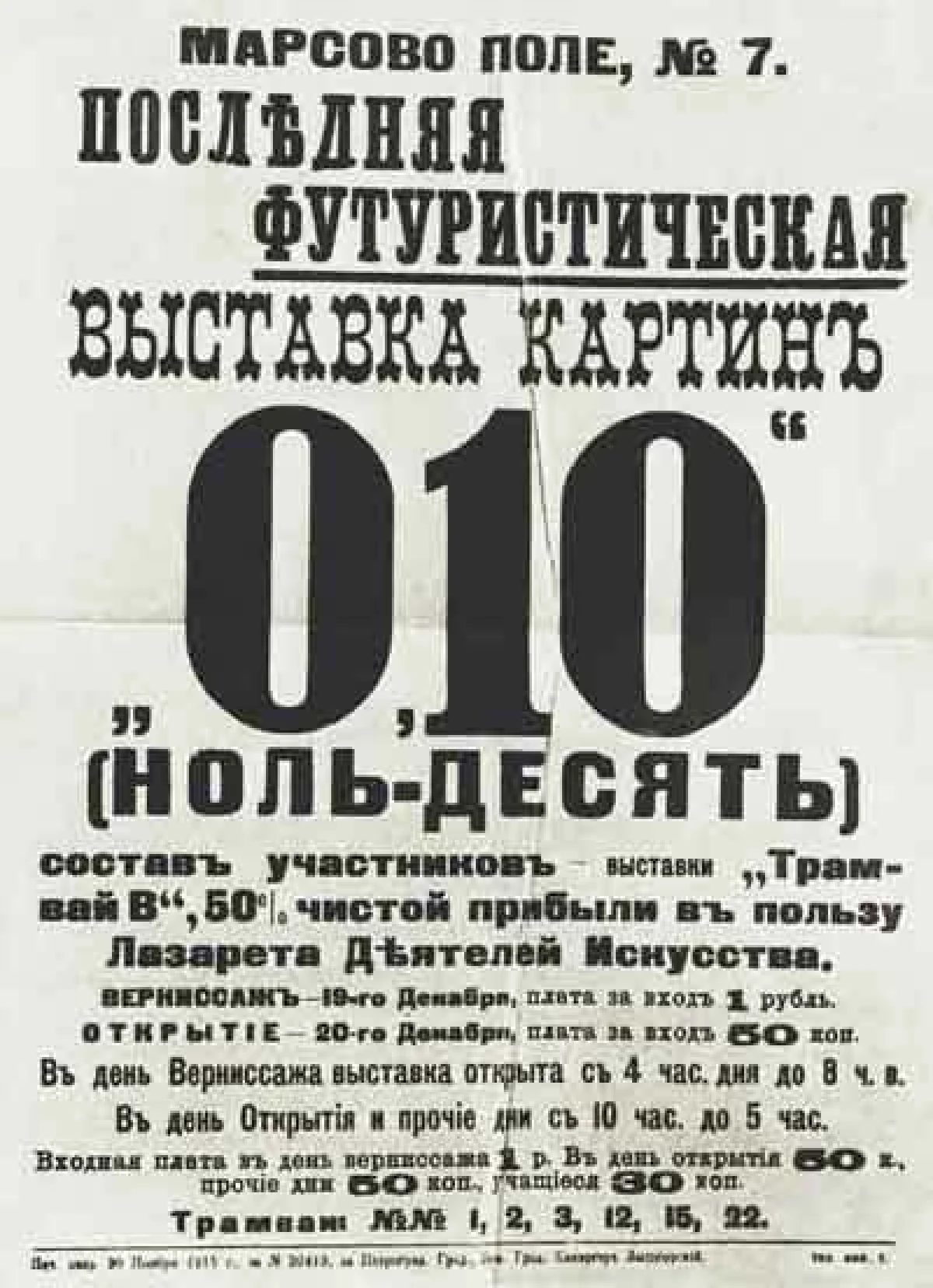
But with all the scandalous fame; despite the fact that now the Russian avant-garde is highly appreciated and including highly evaluated; While this is the only period in Russian visual arts, when our artists walked in the first rows of world art - at that time it was an alternative, not recognized by art.
And soon the revolution gives the greenery to avant-garders. New country need new art. And already in 1918, Malevich and Tatlin work in the Commission on the Protection of Artistic Values. In particular, he is one of the initiators of the creation of a museum of picturesque culture in Moscow. It is like a museum of contemporary art.
For avant-garders, the period of maximum favorable occurs. It will last not for too long, but no one knows about it. And Tatlin will be able to complete the use of the opportunity.
He starts in 1919 by the project of the famous Monument III of International, or Tattle Towers. This period is completed for Tatlin in the early 1930s, no less famous project "Lettalyal".
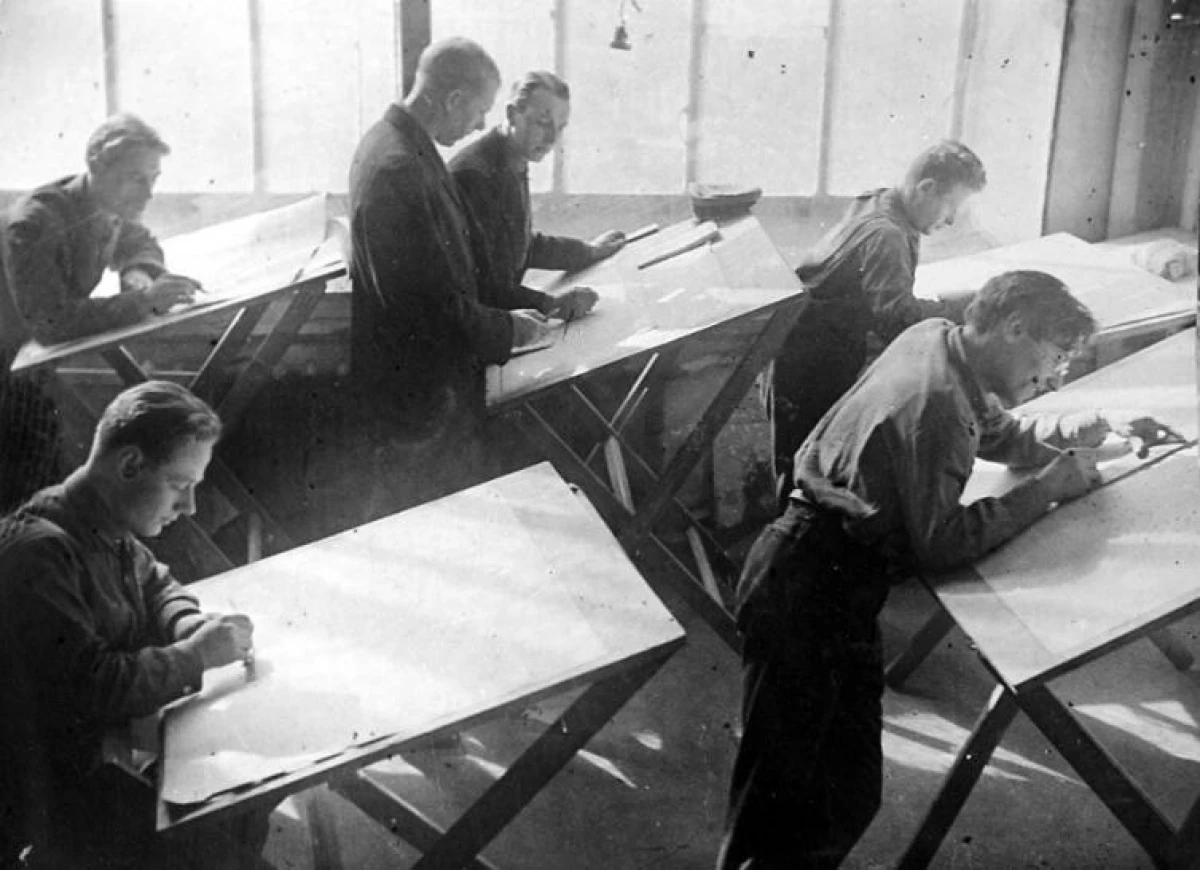
During this time, the artist teaches at the Petrograd state free educational and art workshops (PGSUHM, the future Petrogradskiy Vhutein), the Kiev Art Institute, finally since 1927 - in Moscow Vhutamas. Here he leads a course of work with the material, developing a found one and a half decades ago the topic of tangible, practicality, material of art.
Works like designer clothes and dishes. For example, his workshop is developing rowels for newborns, imitating the natural shape of a female breast and other dishes of ergonomic forms.
Creates a model of the modernist "Tatlin chair", moving in one direction with designers of the second largest European Center for Contemporary Art - Bauhaus.

Finally, in fact, it creates constructivism as a concept. Tatlin himself designed only one building - the Tower of III of International. In a few years, in 1925, the OSA (organization of modern architects) is being created, combining constructivist architects.
And among students of Vladimir Evgrafovich, there is, of course, future architects. Only one name: Leonid Pavlov, a graduate of the recent years of existence of Vhutein, subsequently - the largest Soviet architect-modernist, in a number of projects just objected to the ideas voiced by Tatlin.
In 1932, he receives the title of the Honored Arts Worker of the RSFSR, and at the same time ends work on "Lettylin". And that's it.
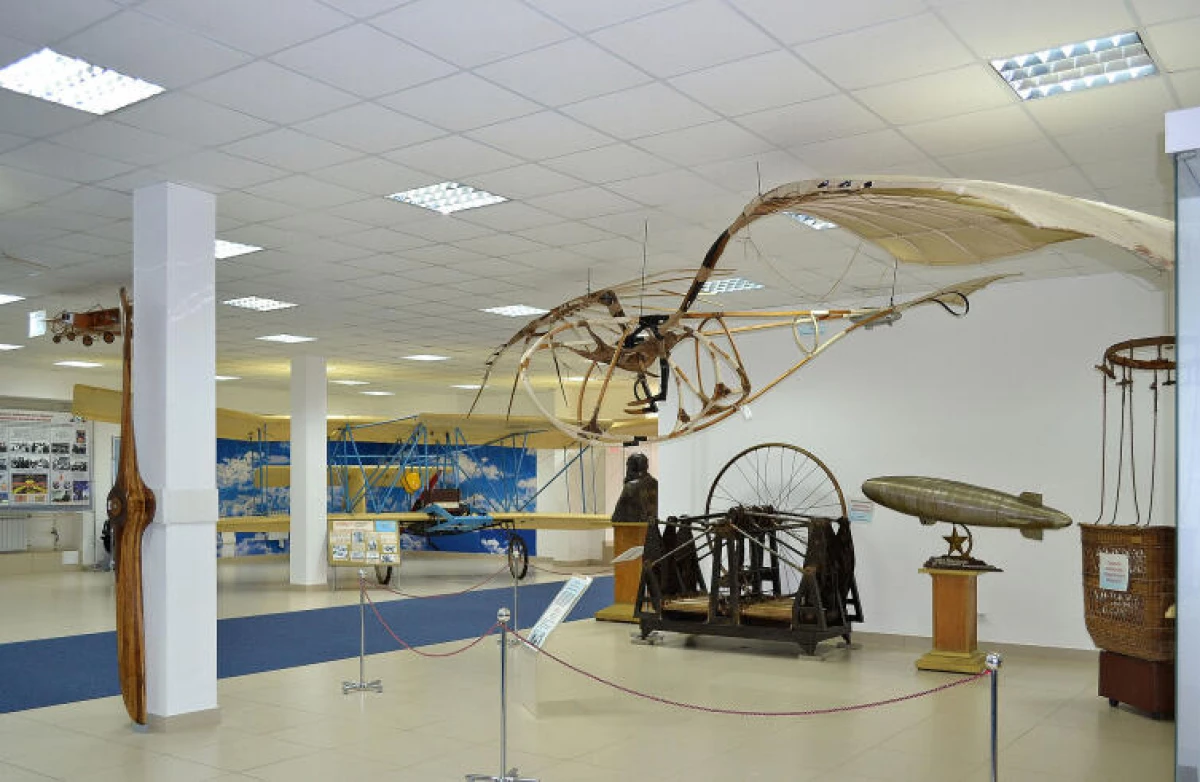
Very soon Tatlin, like some other avant-gardeists, becomes not in demand. The country changes again. In particular, the fight against "formalism", which is accused of tatlin. The diversity of artistic styles goes into the past. Now in the architecture it turns out to be AR-Deco, but a little later - classic style; In painting and sculpture, everything displaces social identity.
Painting social realism is beautiful, but ... But it is a pity that because of the policies, he remained the only Soviet style for decades. Even such shapes like Rodchenko, Tatlin, Melnikov, Leonidov, are, in essence, chosen from active creative practice.
And further. In 1935, Malevich dies, with whom Tatlin binds a strange multi-year host.
In the 20th, not only talent is revealed, but also the complex nature of the founder of constructivism. So, his paranoid features exacerbate: fears, as if competitors did not stole his ideas. I must say, he is not one. The same Malevich carefully concealed preparations for the exhibition "0.10", where Suprematism was published for the first time. It is necessary to stake your championship!
Tatlin reached the work for tightly curtained windows and tablets of the type "Malevich's students are not allowed!" At the entrance to the exhibition.
Moreover, being in a good mood, he visited Bandure to his sworn enemy showed ... And when one of the students Malevich said that the smoke renovated by Tatlin, waiting for the teacher to learn, to his surprise, heard: "So he is not a live shop , he is an artist! "
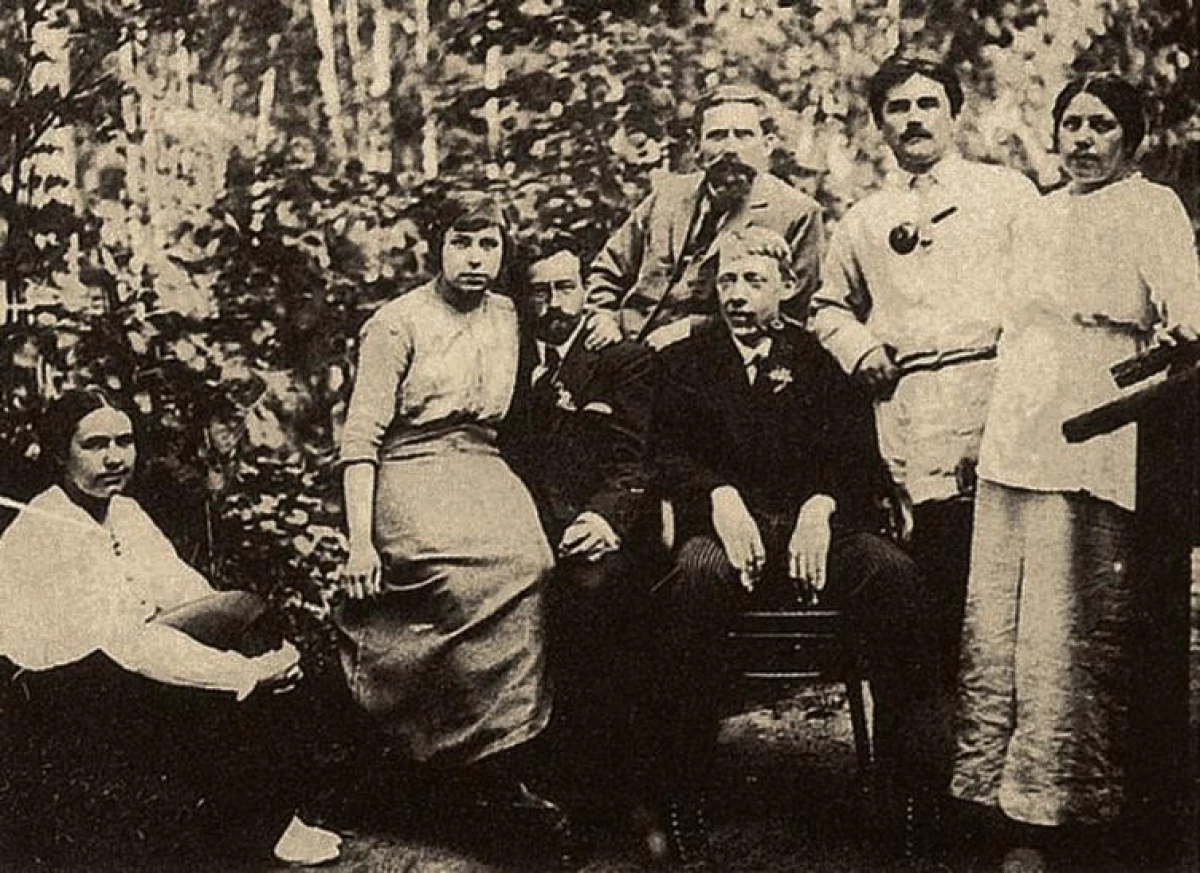
What have the relationship with Malevich? This is no more than the assumption, but it is possible that their rivalry spurned tatlin to all new search. It is known that at the Malevich's funeral, he joked, looking at the coffin: "pretending!" Do not always say that after this Tatlin cried. Malevich left the epoch ...
In any case, after that time, Tatlin did not create anything revolutionary.
It is generally forced to fall out of active creative life. So much that it seems to be accidentally met after the war, one of the once known for him, is surprised: "Tatlin? How is he still alive? "
And he is alive. And even works. To live on something you need. He draws mostly for himself, and it is quite traditional painting (do not forget, he is a graduate artist and a teacher of painting!).

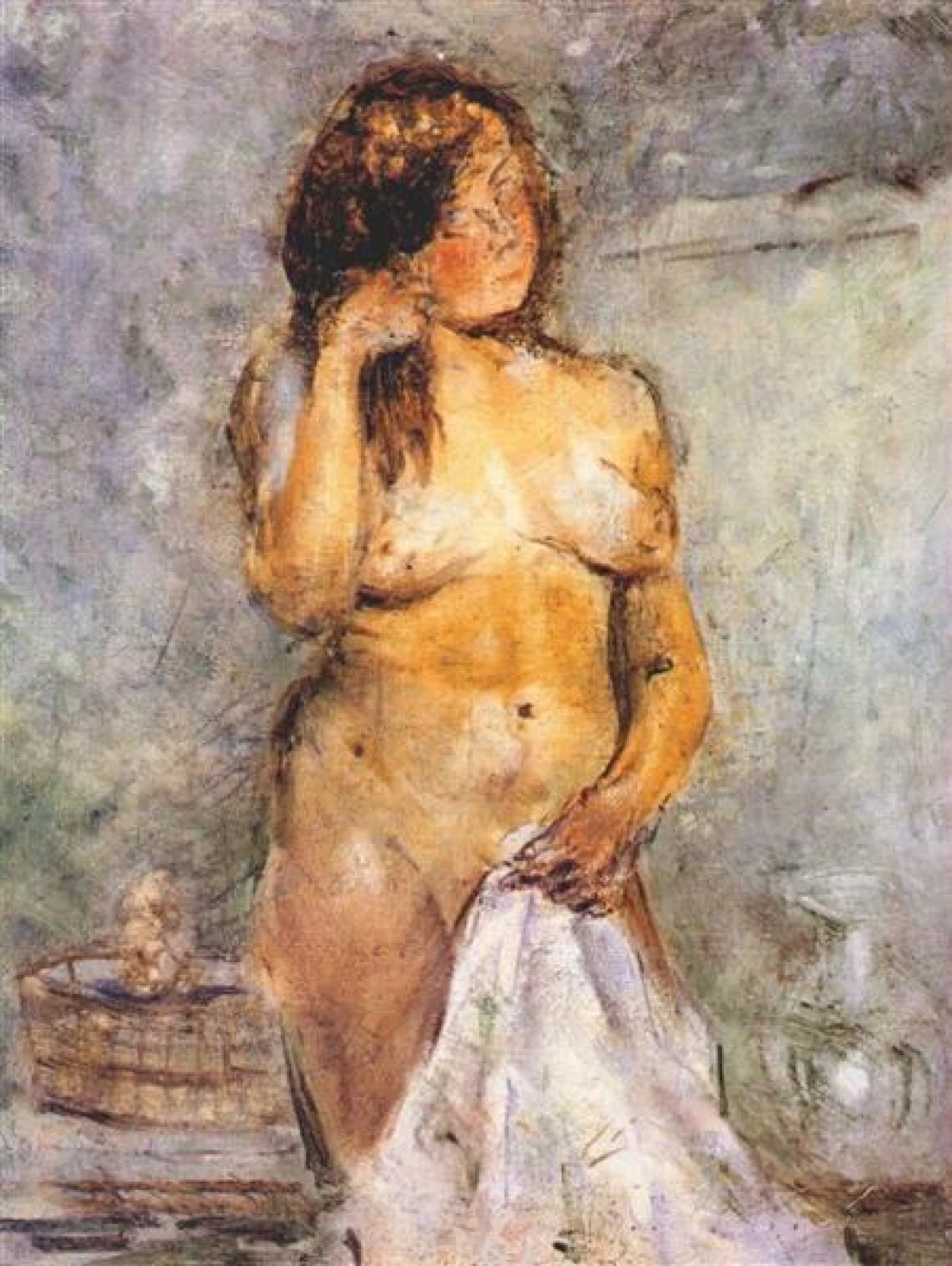
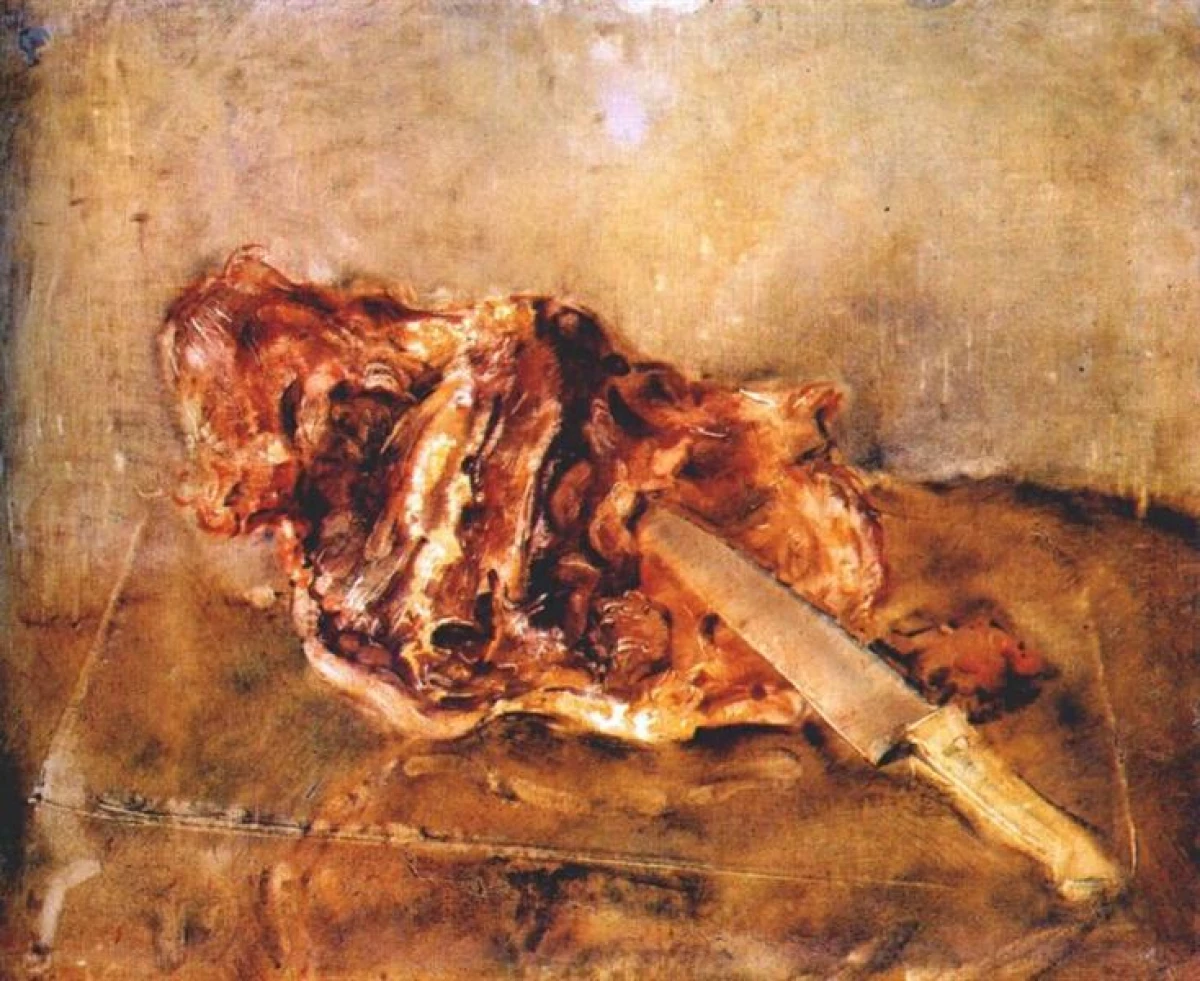
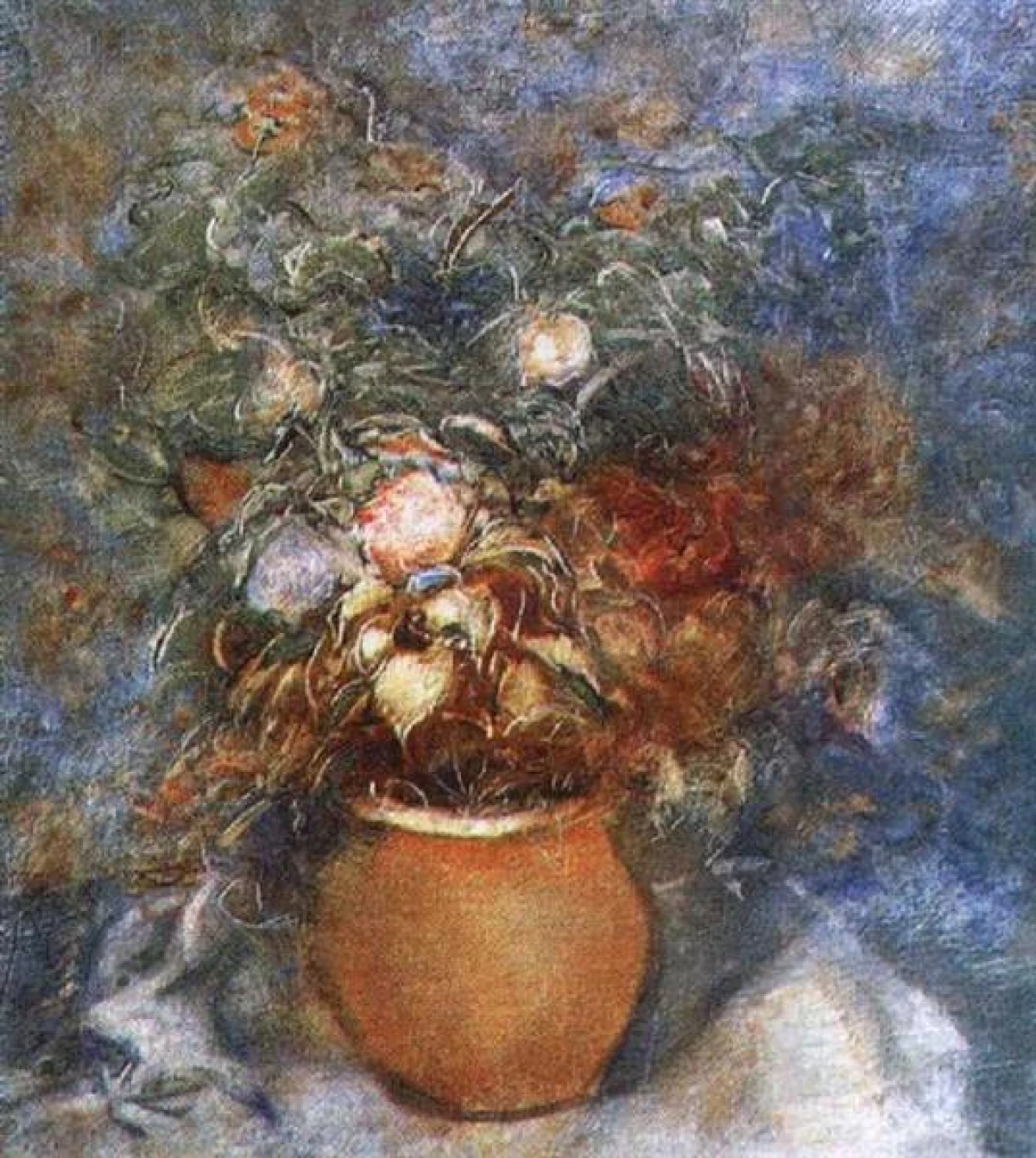
One of his last works is Vanitas, the allegory of liveliness of life.
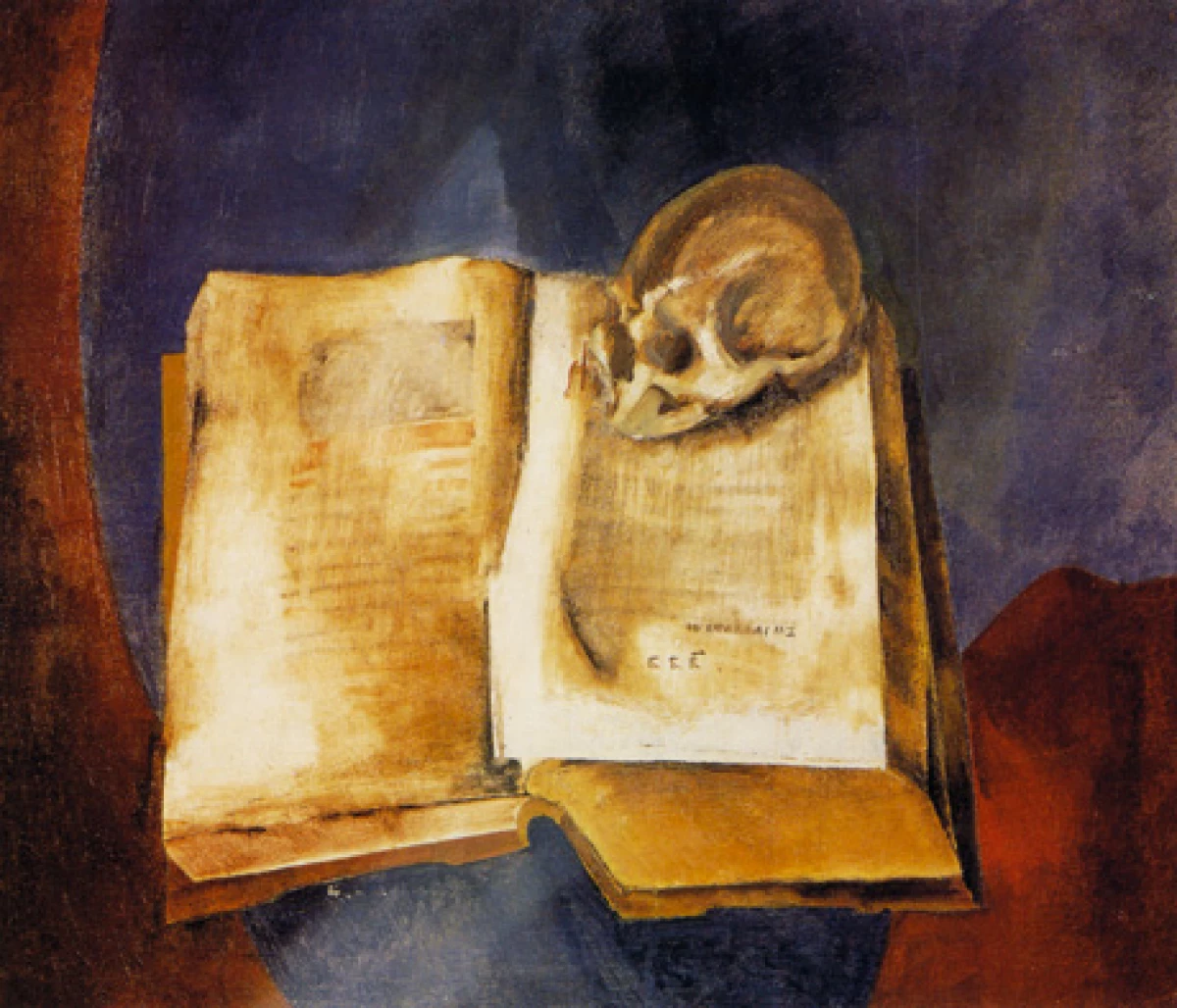
Professionally, Tatlin works by a theater decorator artist. In particular, in Mkate. There is a story about how he once created a visual sensation of southern heat: through a very thin layer of wood sent a powerful ray of sofit on the scene, which fell into a container with water. From which the light ran into solar bunnies.
He was as it was, and remained a master of original solutions. Let even now they have been implemented only on stage.
But here he once became a pioneer. In 1911, Tatlin first transfers to the scene avant-garde painting, working out costumes of costumes and scenery to the drama "Tsar McSemyan and his subtle son Adolf."
Moreover, in 1923, Tatlin puts the tale of Zangezi Velymira Khlebnikov and performed the main role. Well, in ten years the theater remains the only sphere of the application of his genius. This is an unconditional tragedy of a creative personality.
And again the characteristic parallel: now the greatest years of the greatest da Vinci now organizes many years, puts, technically provides ... court holidays and other public acts at the courtyard of the Duke of Milan. You need to earn a living ...
It seems that only once Tatlin works precisely by the artist: heads a brigade that makes visual benefits for Moscow State University.
And of course, Bandura. He does them for himself, working until the last days of life.
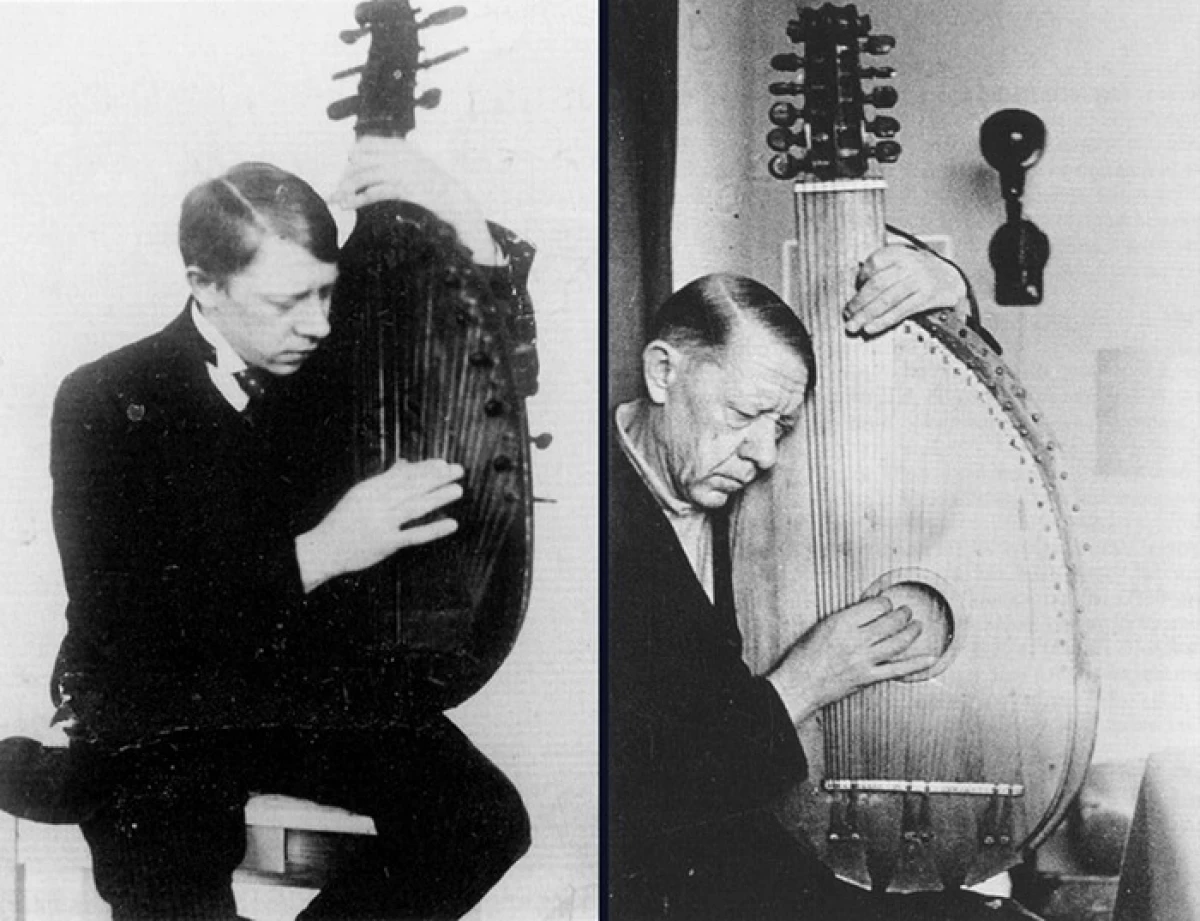
The heritage of Vladimir Evgrafovich and the meaning of what he did, it began to rethink already later. In any case, in the homeland. One of the founders of the design is not only Soviet, but also the world, just at that time and forming.
In decades, his former student, Leonid Pavlov, realizes some principles that once voiced by Tatlin in Vhutein, in the grandiose projects of Soviet architecture.
Perhaps the Tower III of International will ever be built? As the main monument to its creator and the victorious communism, which was once dedicated.
Author - Alexander Smirnov
Source - Springzhizni.ru.
